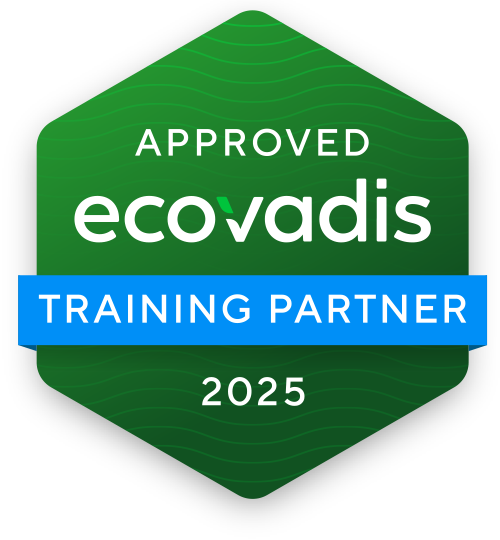When stepping into a new sustainability role, the breadth of responsibilities—from carbon footprint reduction to supply chain management and stakeholder engagement—can seem daunting at first. Sustainability leaders at all levels may encounter resistance to change as they work to integrate sustainability into the existing processes at their organization. But with the right tools and mindset, these challenges can be turned into opportunities for innovation and growth.
Whether you’re a Chief Sustainability Officer or a sustainability manager spearheading a growing team, the first 30 days are key for setting the tone for the future. But where do you start?
Step 1: Embark on a listening tour
The first month is all about gaining a thorough understanding of your organization’s current sustainability landscape, so that you can make informed decisions and develop a strategy that works for your company’s unique context. The listening tour is a cornerstone of this effort.
Here’s how to make a listening tour effective:
- Cast a wide net: Talk to colleagues across all departments, from C-suite executives to frontline employees. Each perspective offers unique insights into the organization’s sustainability landscape.
- Ask the right questions: Consider the role of each person you’re speaking with. What insights can they provide about sustainability in their specific area? How might their work intersect with sustainability initiatives?
- Observe and experience: Don’t limit yourself to office discussions. Visit key operational sites to see firsthand how the organization implements sustainability policies.
- Stay open-minded: This time is for gathering information, not making judgments. Honor existing initiatives and look for opportunities to build upon what’s already working.
Step 2: Identify key stakeholders
As the listening tour progresses, key players in the organization’s sustainability journey will emerge. Effective stakeholder analysis is important for future success.
Consider using a matrix to classify individuals based on their level of interest in sustainability initiatives and their influence over outcomes. This tool helps prioritize engagement efforts and tailor communication strategies.

Here’s how to use it:
- List all key individuals: Include executives, operational leaders, and any existing sustainability-focused employee groups.
- Evaluate interest and influence: Assess each stakeholder’s level of interest in sustainability and their ability to drive or block progress.
- Plot and strategize: Place stakeholders in the appropriate quadrants of the matrix and develop engagement strategies accordingly.
High-influence, high-interest stakeholders are key players. Manage them closely and prioritize their needs. For those with high interest but low influence, keep them informed and involved as they can be valuable advocates and help build grassroots support.
High-influence, low-interest stakeholders require careful management. Keep them satisfied with regular updates, but avoid overwhelming them with details. Low-influence, low-interest stakeholders should be monitored but require minimal engagement.
Step 3: Analyze your organization with the STARS model
The STARS model, developed by Michael Watkins, is a framework for assessing the business situation a new leader is inheriting. It helps identify whether an organization is a start-up, turnaround, in accelerated growth, realignment, or sustaining success. By applying this model to an organization’s sustainability context, leaders can tailor their strategies to maximize impact in their new role.

Step 4: Get informed about regulations and reporting requirements
Determining applicable sustainability-related regulations is a key early step. Factors such as company location, size, industry, and public trading status influence which regulations apply.
The regulatory landscape for sustainability is dynamic, with increasingly stringent requirements emerging at regional and national levels.
In the United States, the Securities and Exchange Commission (SEC) recently proposed rules requiring public companies to disclose Scope 1 and 2 emissions and climate-related risks. State-level regulations are gaining importance, exemplified by California’s SB253 and SB261 bills setting new ESG reporting standards.
Internationally, the European Union’s Corporate Sustainability Reporting Directive (CSRD) and the UK’s Sustainability Disclosure Requirements are shaping global reporting standards.
Awareness of these regulations is important even for companies not directly subject to them. Stakeholder expectations often align with these emerging standards, which may influence industry norms and best practices.
Step 5: Prepare for the journey ahead
The first 30 days in a new role are just the beginning. Want a complete playbook for the first 90 days and beyond? Download our comprehensive guide for in-depth strategies and expert insights to help make a lasting impact in a new position.











